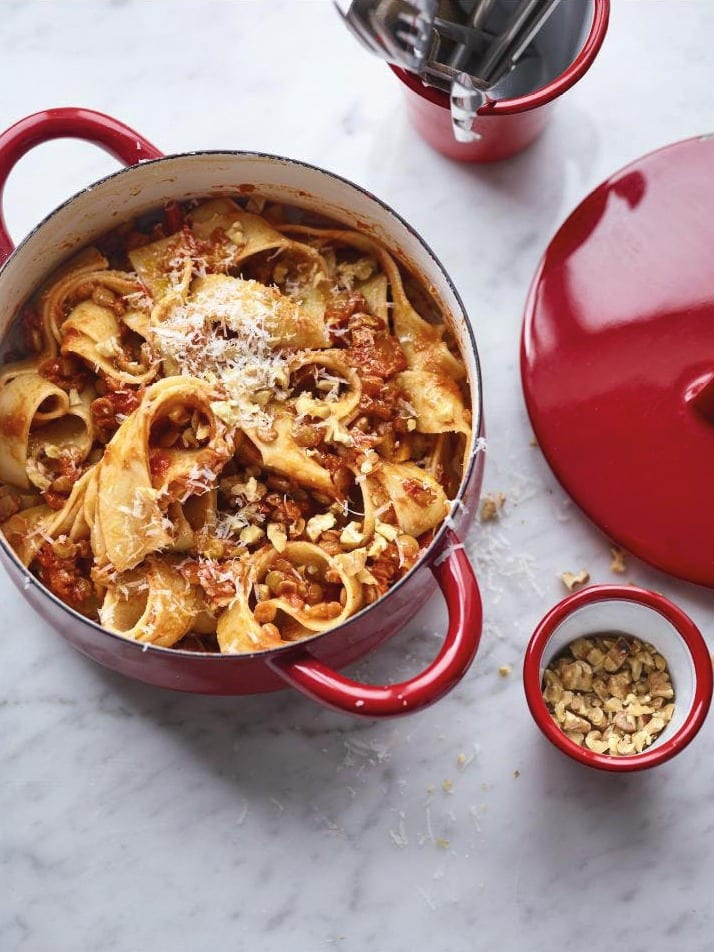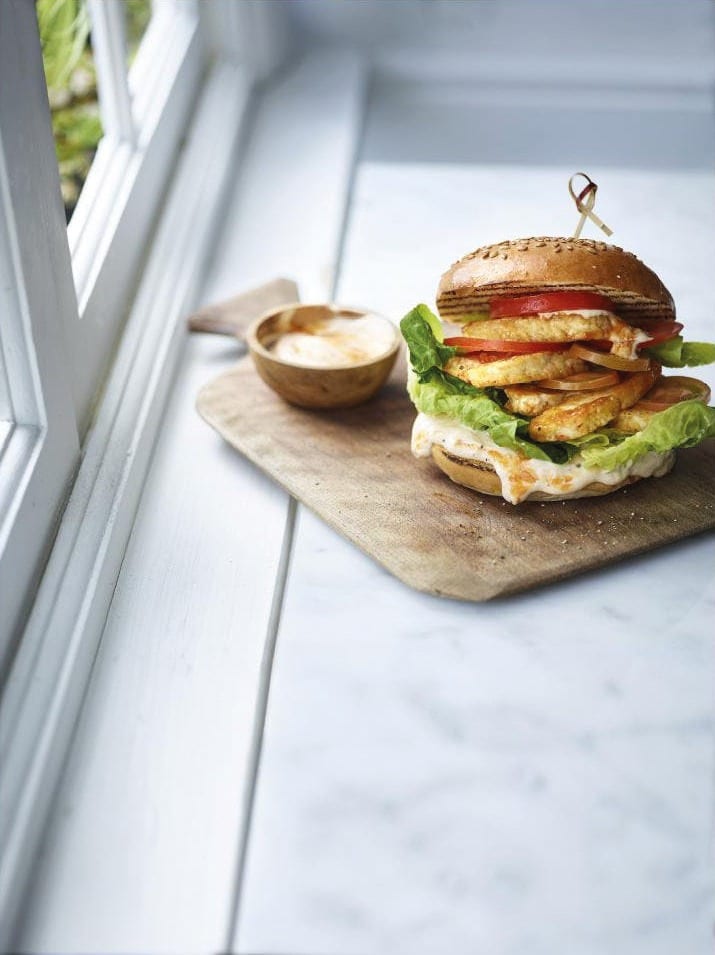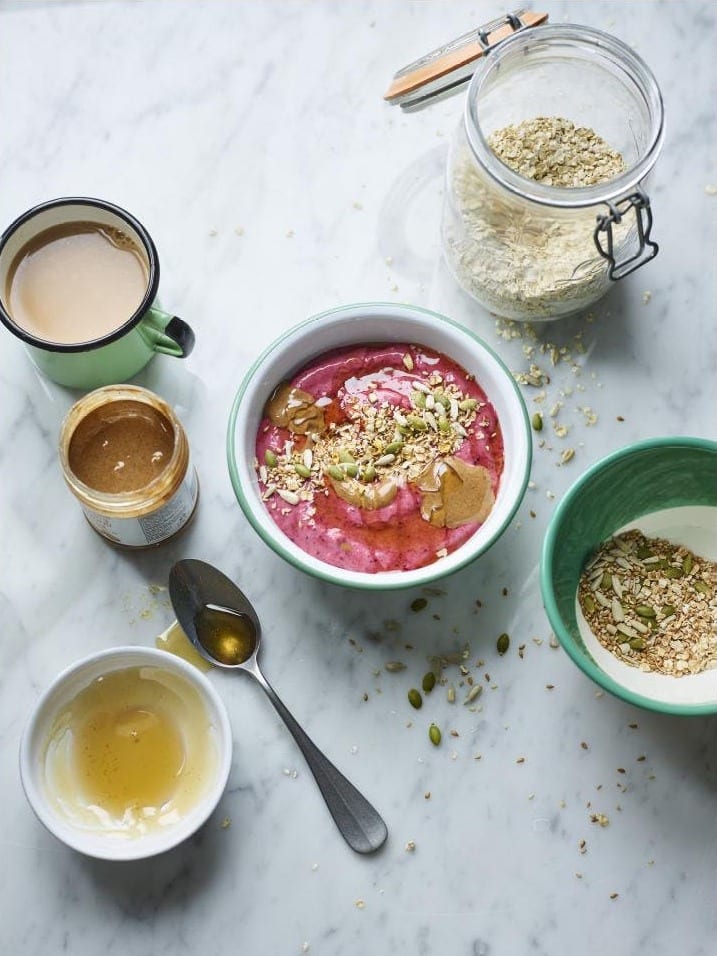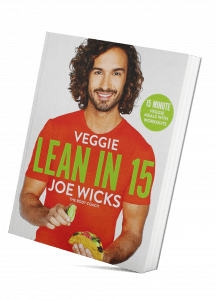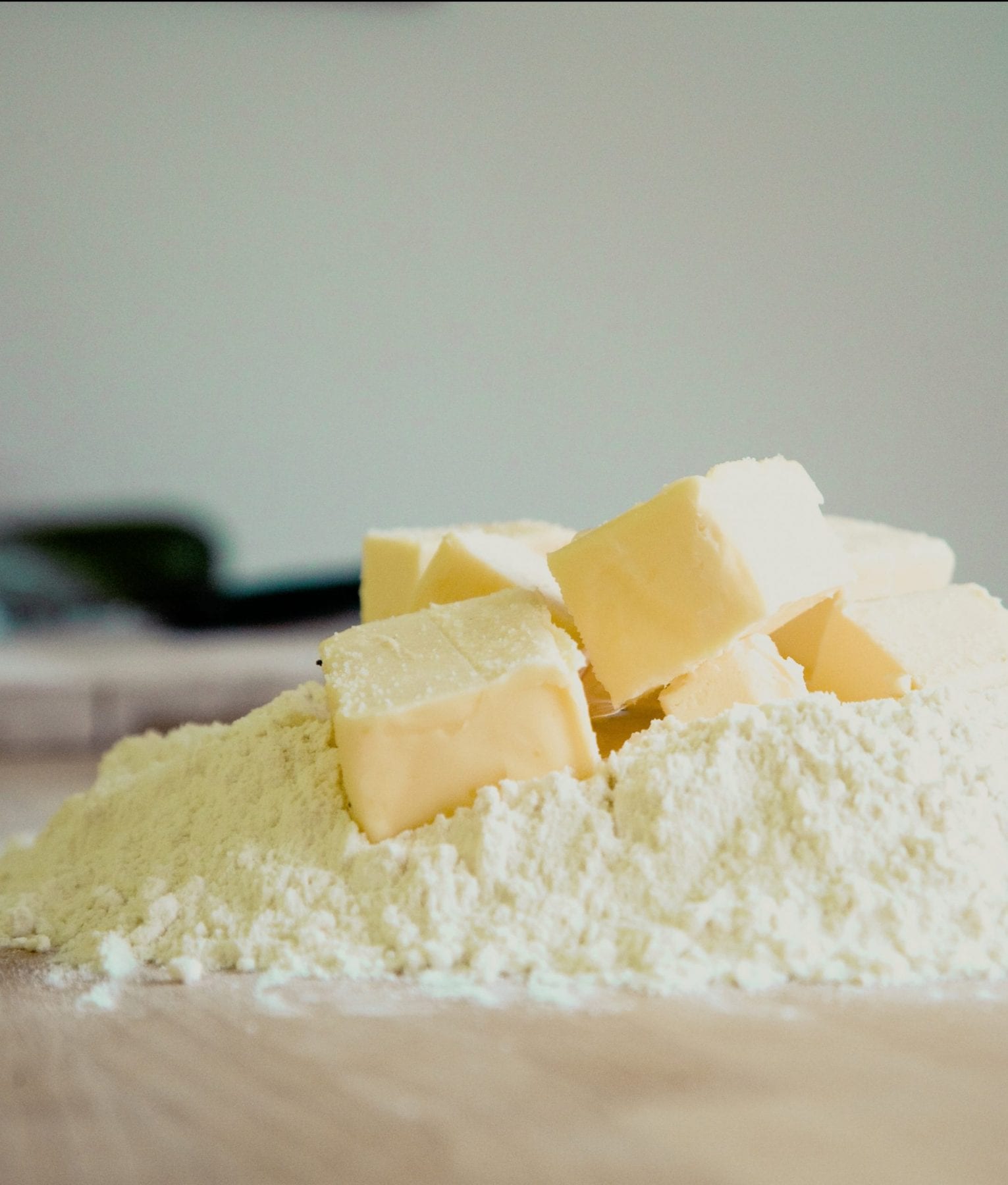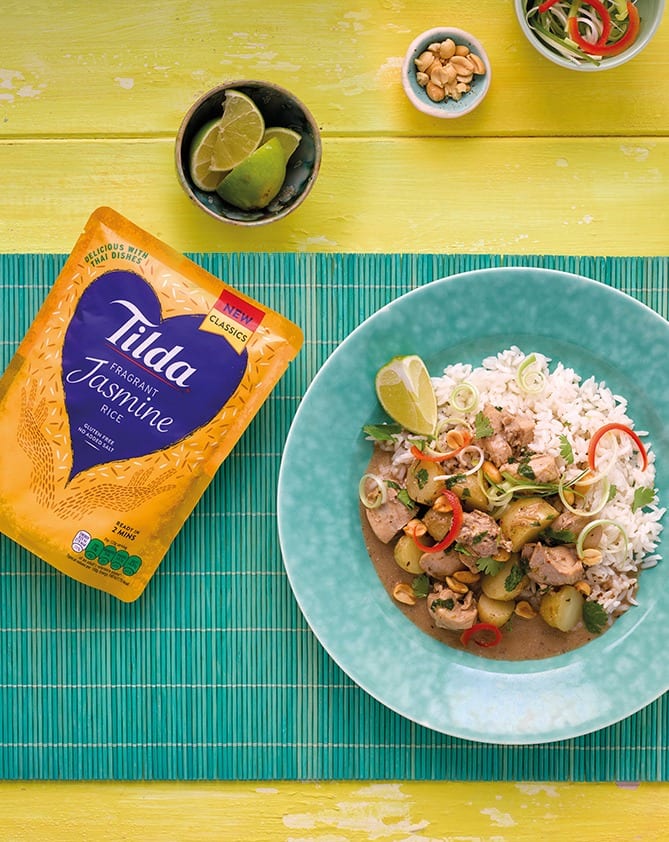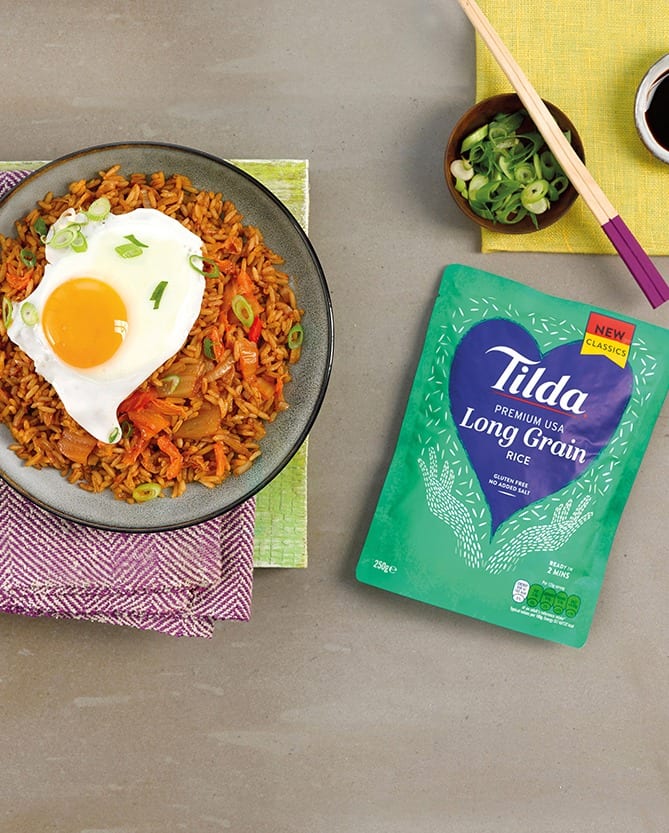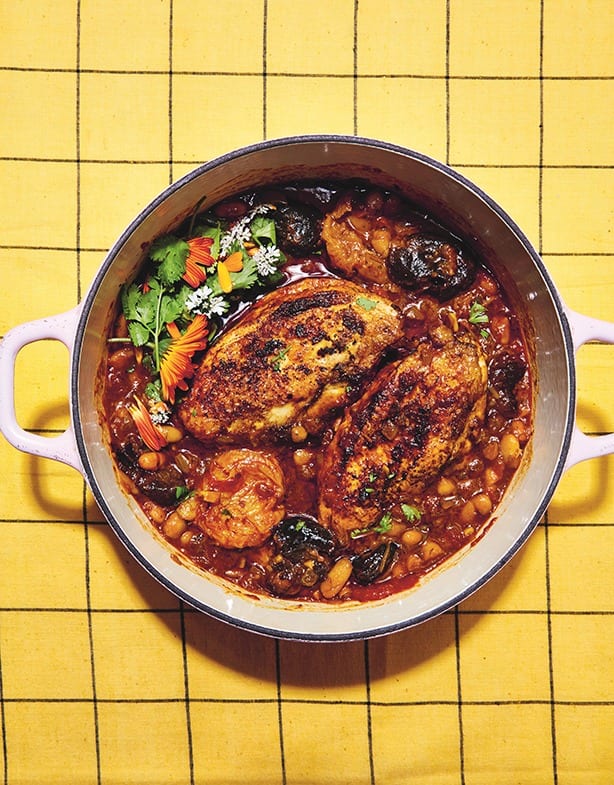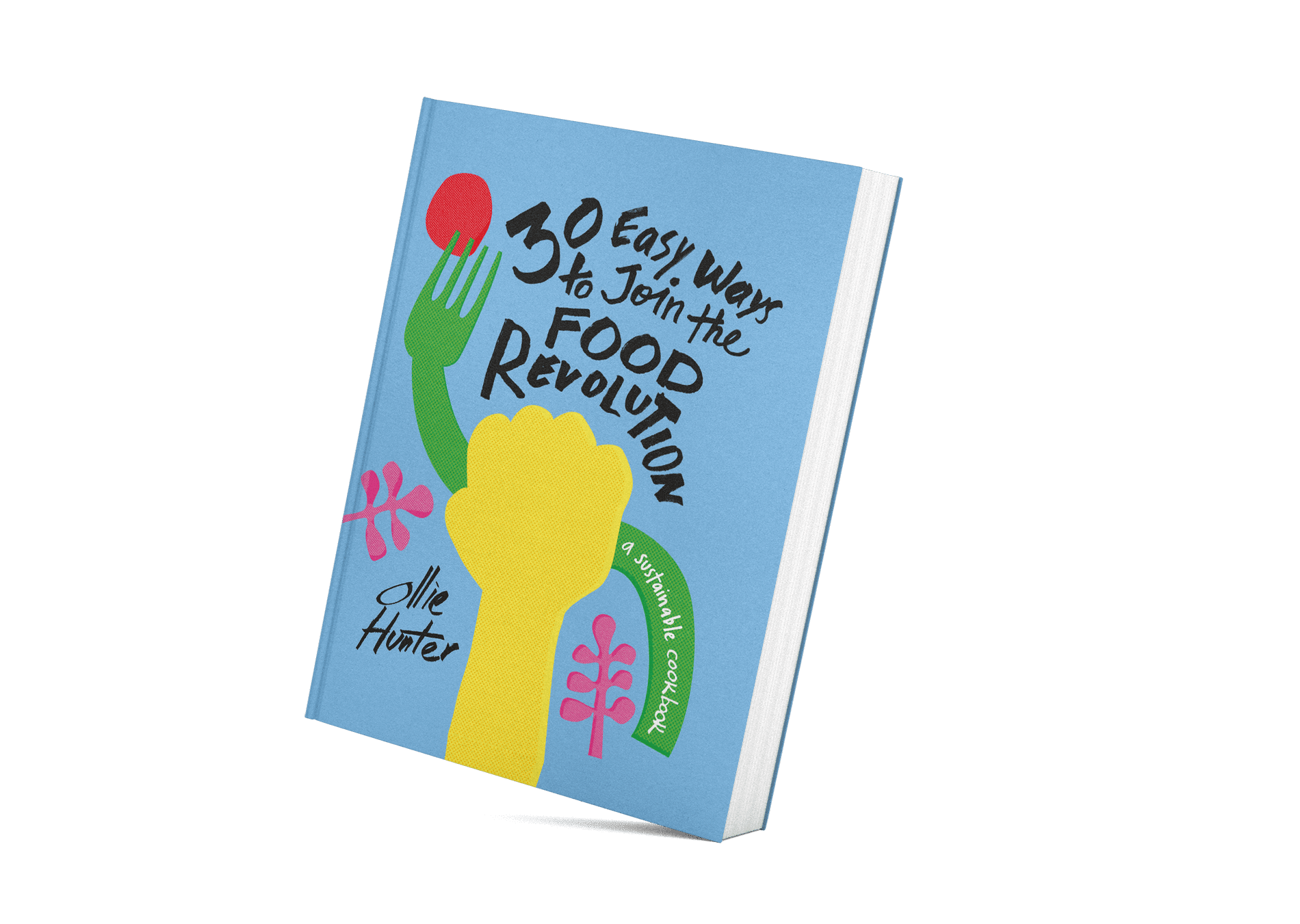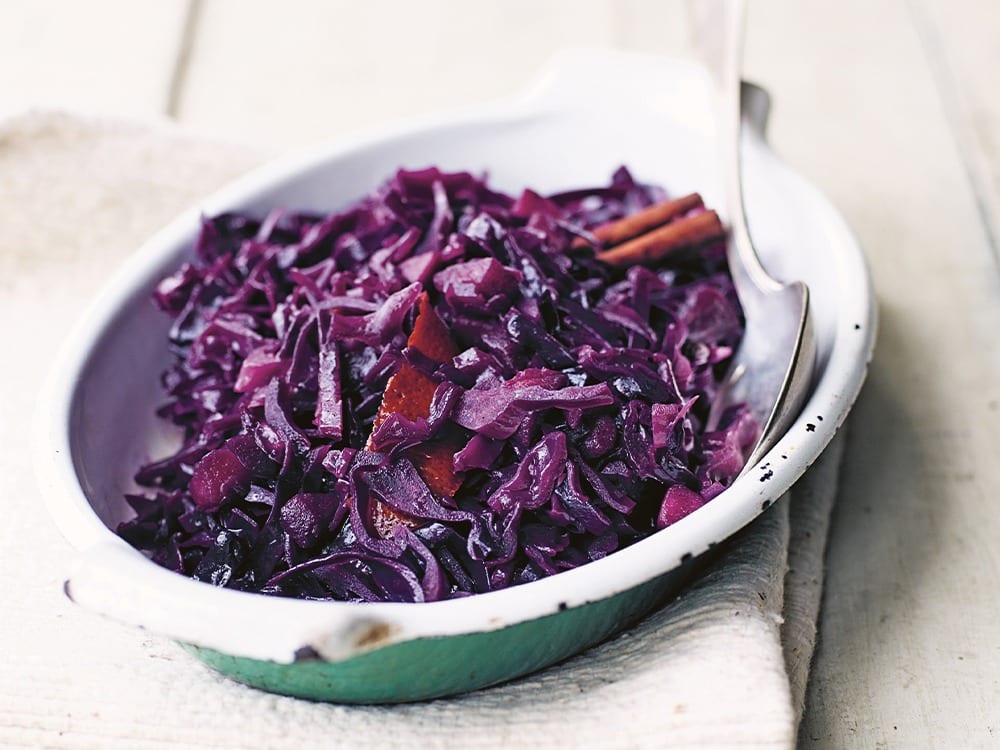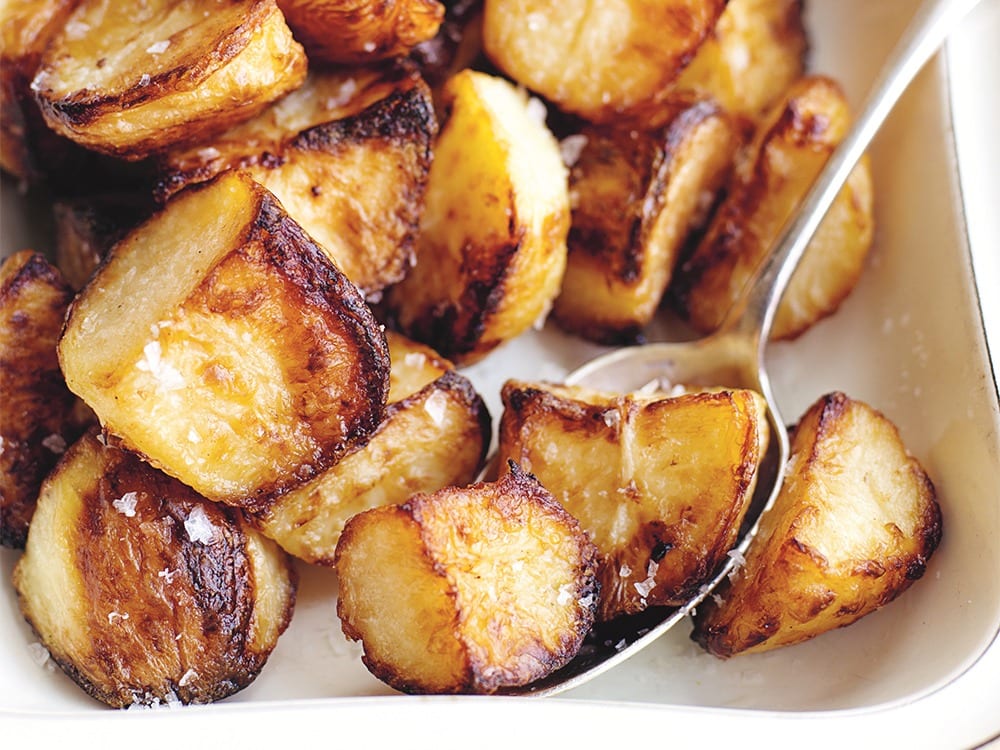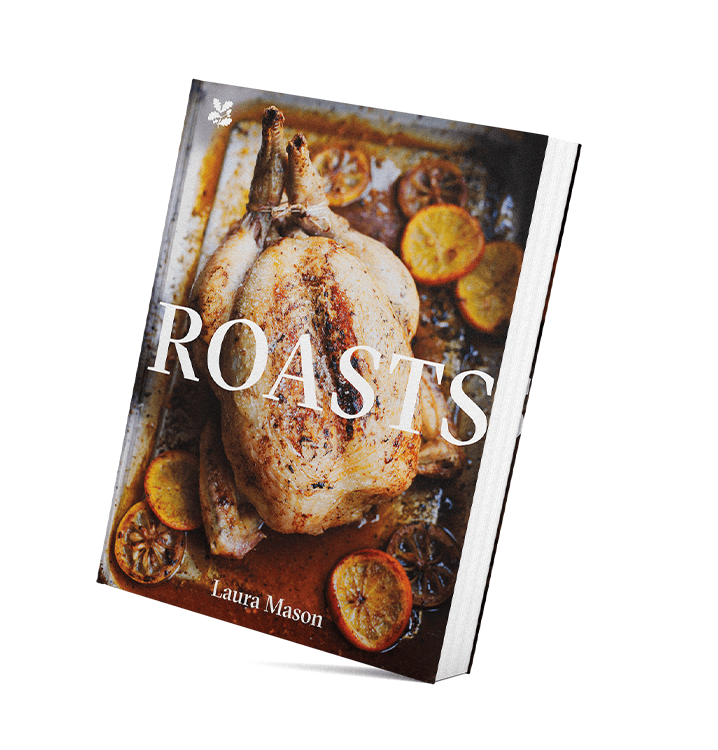Host a supper club on 7th March and raise funds for Eva’s Friends
If you enjoy food, friends and fun while raising money to change children’s lives then Eva’s Friends Supper Club is the event for you.
It couldn’t be easier to get involved – just invite some friends round for dinner on Saturday, 7th March and ask them to donate to Eva’s Friends what they would have paid if they’d gone out to eat and if you don’t fancy cooking, drinks and nibbles works as well.
Last year more than 40 supper clubs were run in aid of the Oxfordshire-based charity and they’re hoping for more this year which will also feature an online auction and competitions too. Chefs Tom Kerridge and Richard Bertinet donated raffle prizes last year.
Eva’s Friends works to fund research into rare neurological conditions in children and is currently helping to fund a gene therapy project to find a cure for Rett Syndrome which affects thousands of children, almost exclusively girls, leaving them unable to walk, talk or use their hands.
There is no known cure and it is thought to affect about 1 in 12,000 girls born each year such as Eva after whom the charity is named.
If you can’t make the main Supper Club event on the 7th, why not arrange another foodie treat in the week beginning 2nd March, how about brunch with friends, afternoon tea, cakes at work – whatever you fancy.
Simply register by emailing [email protected] to receive a fundraising pack and get cooking!








